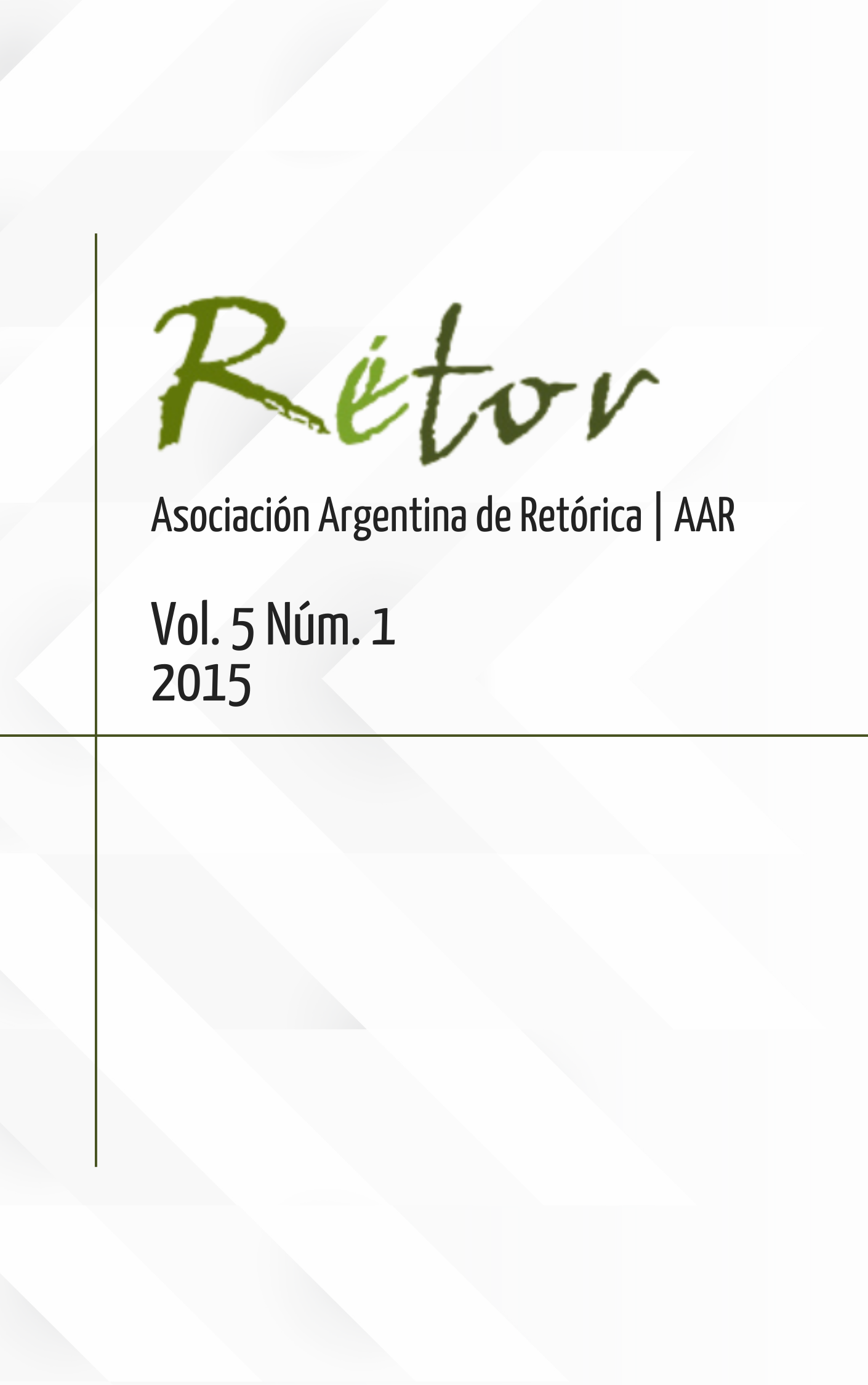Women heros in Valdivieso's works. Bodies, metaphors and cultures
Main Article Content
Abstract
Chilean writer Mercedes Valdivieso (1924-1993) has written a series of novels depicting women who become heroes for political reasons. This article aims to show how this is achieved in the novels written between 1961 and 1991 in terms of how the bodies of these heroic women are represented in different contexts. Our analysis is framed in Iuri Lotman’s Semiotics of Culture (1996), and Katya Mandoki’s studies on Biosemiotics (2006). We claim that metaphors are part of a three-sided modelling system involving the material quality of a sensitive body. This system shows as a total area partially limited by a porous membrane made up of languages being used in different contexts and complex texts, i.e. novels. Within the framework of Biorrhetorics (Fleckenstein, 2001) and Rhetorics of Culture (Barei, 2012), bodies are complex metaphors gathering as constellations and modelling sex, class, and “race”. We seek to show how Valdivieso’s novels are positioned in a net made up of a number of other novels which can be studied from a rhetoric and interdisciplinary point of view
Downloads
Article Details

This work is licensed under a Creative Commons Attribution-NonCommercial 4.0 International License.
Las obras se dan a conocer en la edición electrónica de la revista bajo una licencia Creative Commons Reconocimiento-NoComercial 4.0 Internacional. Se pueden copiar, usar, difundir, transmitir y exponer públicamente, siempre que i) se citen la autoría y la fuente original de su publicación (revista, editorial y URL de la obra); ii) no se utilicen para fines comerciales; y iii) se mencione la existencia y especificaciones de esta licencia de uso.

